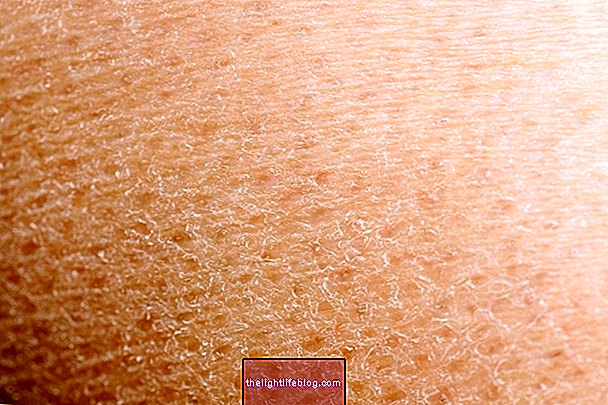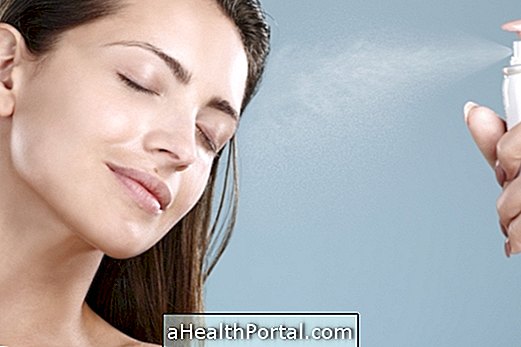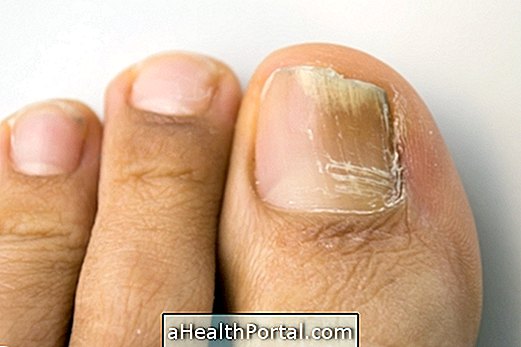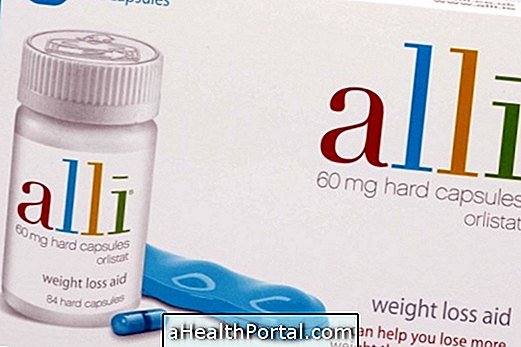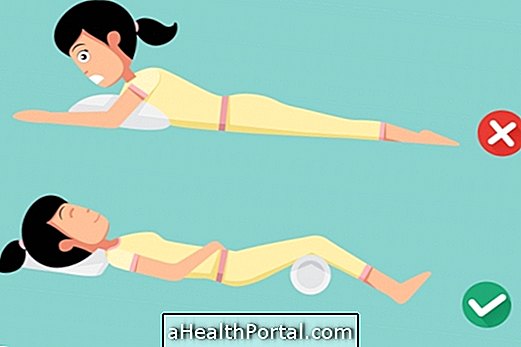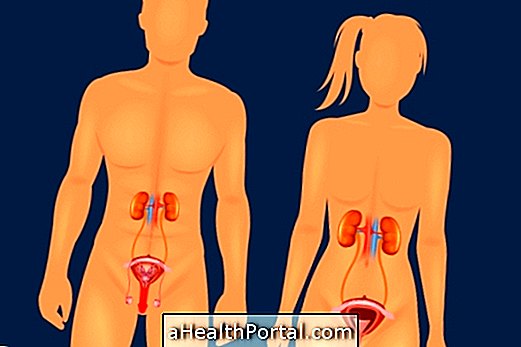Excessive sweating on the head is due to a condition called hyperhidrosis, which is the excessive release of sweat. Sweat is the natural way that the body has to cool down and it is a process that happens throughout the day, but it is not noticed, since hyperhidrosis is the enlarged form, that is, the glands release much more sweat than the body needs to cool down.
Hyperhidrosis most often has hereditary causes, that is, more people from the same family may have it. However, there may also be situations such as high temperatures and the use of some medications, which may temporarily increase the release of sweat, but that does not mean that the person has hyperhidrosis. In addition, in situations of high stress, fear or severe anxiety, those who tend to sweat in a normal amount may also experience excessive sweating.
However, and although more rare, there is also the possibility that excessive sweating on the head is a sign of poorly controlled diabetes, in which case hyperhidrosis usually improves with glycemic control.
Learn about other common causes of excessive sweating.

How to confirm it is hyperhidrosis
The diagnosis of hyperhidrosis is made by the person's report, but the dermatologist may request the test for iodine and starch, to confirm if it really is a case of hyperhidrosis.
For this test, an iodine solution is applied to the head, in the area where the person reports having more sweat and left to dry. Cornstarch is then sprinkled over the area, which makes sweating areas appear dark. The iodine and starch test is only necessary to confirm exactly the foci of hyperhidrosis in the head.
The dermatologist may still order laboratory tests, such as a complete blood count, to detect diabetes or a lack / excess of thyroid hormones, if he suspects that the cause of hyperhidrosis may be just a symptom of another disease.
How the treatment is done
Drug treatment has positive results and most of the time the excessive sweating on the head disappears. However, in some cases the dermatologist may refer the person to surgery, if the drugs do not have the necessary effect.
Usually treatment is done with remedies such as:
- Aluminum chloride, known as Drysol;
- Ferric subsulfate also known as Monsel's solution;
- Silver nitrate;
- Oral glycopyrrolate, known as Seebri or Qbrexza
Botulinum toxin type A is also a way to treat hyperhidrosis. In these cases, the injection is done in the area where the sweat is most intense, the procedure lasts about 30 minutes, and the person returns to the normal routine on the same day. Sweat tends to decrease after the third day after application of botulinum toxin.
If the treatment with drugs or botulinum toxin does not show the expected results, the dermatologist can refer to the surgery, which is done with small cuts in the skin and that lasts about 45 minutes. Learn how surgery is done to stop sweating.
What can be sweat on the baby's head
Babies usually sweat a lot on their heads, especially when breastfeeding. This is a normal situation, since the child's head is the place in the body with the greatest blood circulation, making it naturally warmer and prone to sweating.
In addition, babies make a lot of effort to breastfeed, and this raises their body temperature. The proximity of the baby's body to the breast at the time of breastfeeding also causes the temperature to rise, as the baby does not have the mature thermoregulation mechanism, which is when the body can cool or warm up to maintain the temperature as close as possible. possible of 36º C.
To avoid excessive sweating on the baby's head, parents can dress the child with lighter clothing at the time of breastfeeding, for example, however, if the sweat is very intense, it is recommended to take the child to the pediatrician, as tests may be needed to check that sweat is not a symptom of another disease that needs more specific treatment.
Was this information helpful?
Yes No
Your opinion is important! Write here how we can improve our text:
Any questions? Click here to be answered.
Email in which you want to receive a reply:
Check the confirmation email we sent you.
Your name:
Reason for visit:
--- Choose your reason --- DiseaseLive betterHelp another personGain knowledge
Are you a health professional?
NoMedicalPharmaceuticalsNurseNutritionistBiomedicalPhysiotherapistBeauticianOther
Bibliography
- Wolvertone, E. Stephen. Dermatological therapy. 3rd ed. Elsevier, 631.
- Bolognia, Jean L et al. Dermatology. 3. ed. Elsevier, 2015. 586-594.
